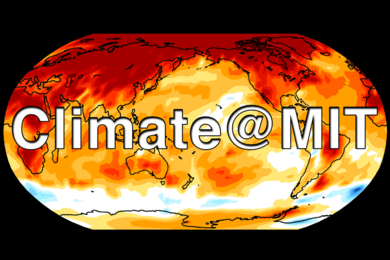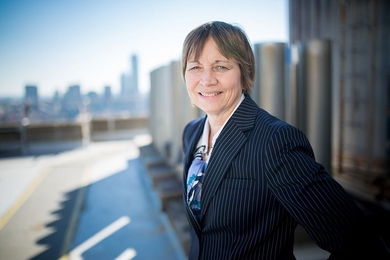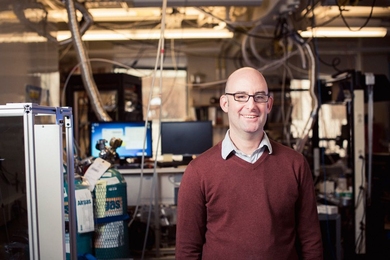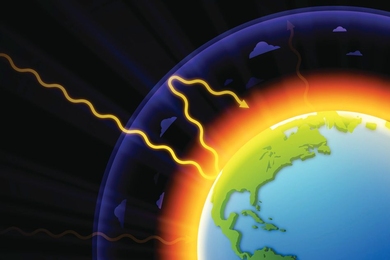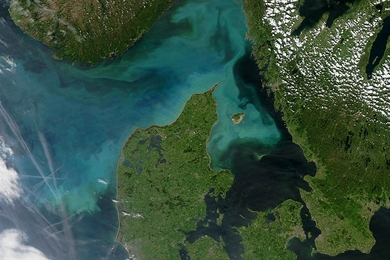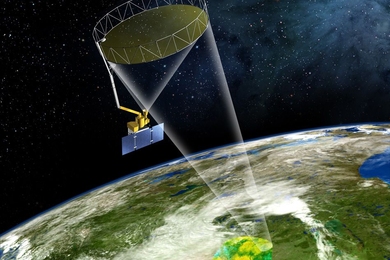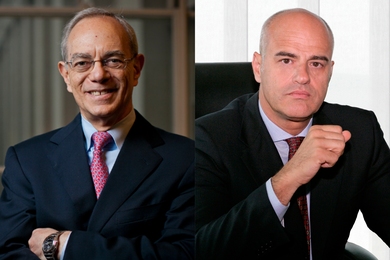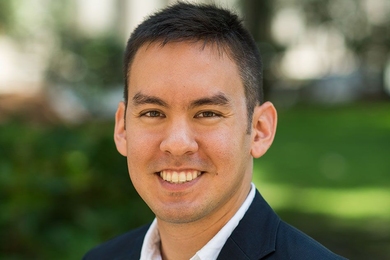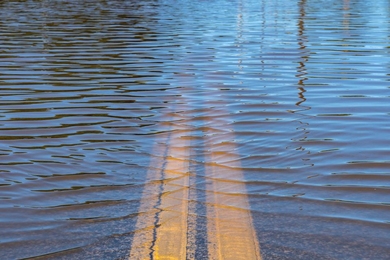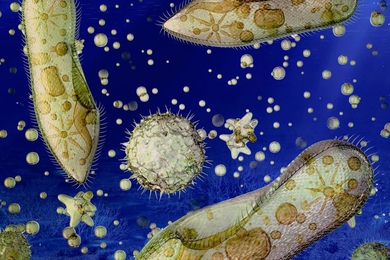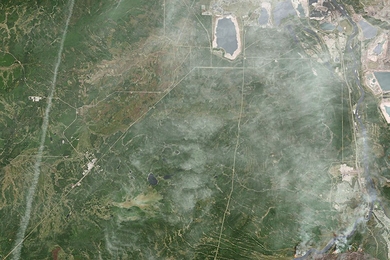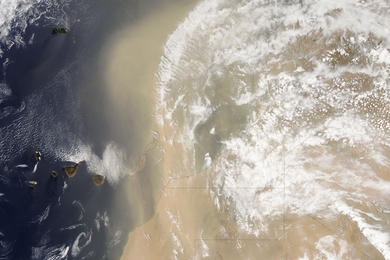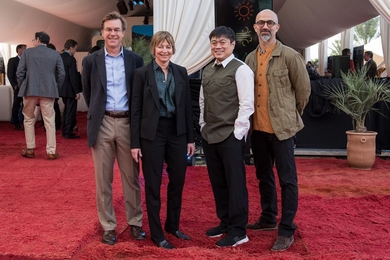3Q: Maria Zuber, daughter of coal country
MIT’s vice president for research describes how growing up in eastern Pennsylvania shaped her views on climate policy.
Zeroing in on the chemistry of the air
Jesse Kroll examines how pollutants change chemically as they waft around the globe.
Explained: Greenhouse gases
Carbon dioxide isn’t the only one that matters, and the gases vary widely in potency and duration.
Projecting food, water, energy, climate and other global changes
Marking 25 years of science and policy studies, the MIT Joint Program launches new website showcasing its expanded research portfolio.
Mapping out a low-carbon future
Energy scenarios provide useful decision-support tools for policymakers and investors.
Study tracks “memory” of soil moisture
First year of data from SMAP satellite provides new insights for weather, agriculture, and climate.
MIT and Eni extend energy collaboration
In Rome, MIT President Reif and Eni CEO Descalzi discuss low-carbon breakthroughs and future research.
Short-lived greenhouse gases cause centuries of sea-level rise
Through warming effects, methane and other gases impact rising seas long after leaving the atmosphere.
Rethinking how we get around
Paul Kishimoto, a PhD student in IDSS, probes the future of transportation in China.
Study finds more extreme storms ahead for California
New technique predicts frequency of heavy precipitation with global warming.
New study sets oxygen-breathing limit for ocean’s hardiest organisms
Bacteria can survive in marine environments that are almost completely starved of oxygen.
Climate models may be overestimating the cooling effect of wildfire aerosols
Study finds accounting for year-to-year variability enables more accurate projections of climate change and its impacts.
Saharan dust in the wind
Scientists find huge reduction in African dust plume led to stronger Saharan monsoons 11,000 years ago.
Forging ahead on climate action
At UN Climate Change Conference, MIT researchers share insights on implementing climate commitments.
